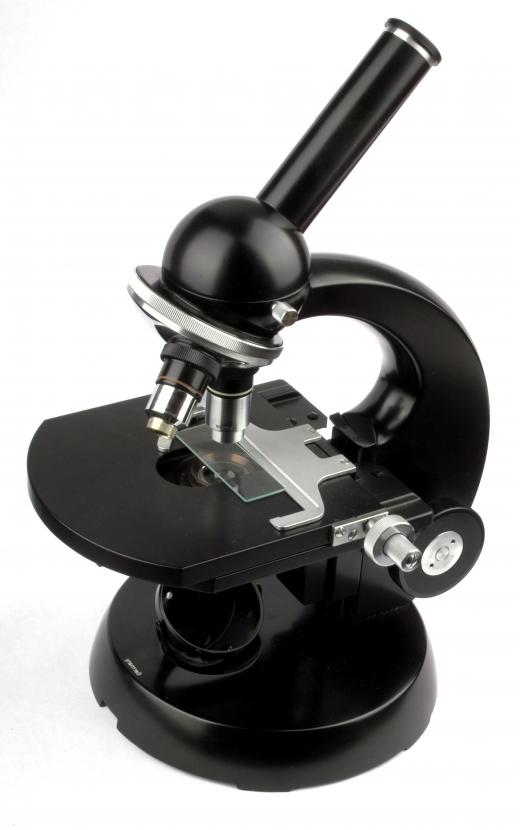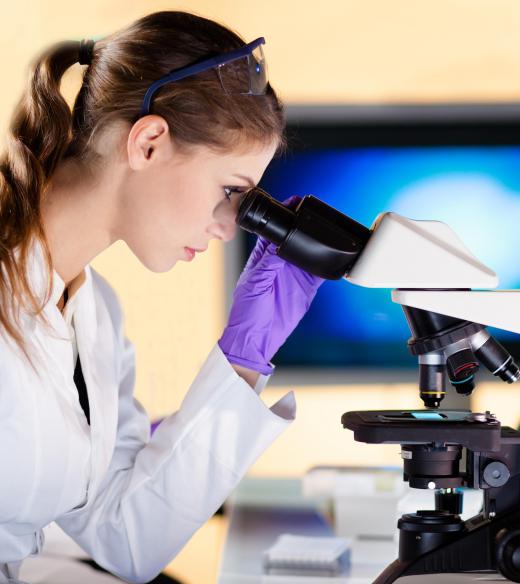Who Invented the First Compound Microscope?
There is no overall consensus about the inventor of the first compound microscope. Most authorities believe the instrument to have been invented by the Dutch spectacle and eyeglass maker Zacharias Janssen, in Midddleburg, Holland around 1595, with some believing he was helped by his father Hans Janssen — the two worked together on the design and building of spectacles and eyeglasses. Some other authorities, however, believe that Hans Lippershey, a German living in the same town, and also a spectacle maker, invented the first compound microscope around the same time; although he is credited with inventing the telescope, there is considerably more doubt about his invention of the microscope. It is thought likely that Lippershey and the Janssens, who knew one another, all contributed ideas to the development of both instruments.
The compound microscope uses at least two separate lenses to provide much greater magnification than is possible with just one. It consists of a relatively powerful lens with a short focal length — known as the objective — and a larger, but less powerful lens with a relatively long focal length, known as the eyepiece. The two lenses are normally connected by a tube; the object to be examined is placed under the objective lens and brought into focus by adjusting the distance to the object.

The Janssens, due to their occupation, would have been familiar with the manufacture and properties of lenses, and it is thought that the first compound microscope may have emerged from their attempts to build more powerful eyeglasses. None of the Janssens’ earliest instruments have survived, but the first compound microscope still in existence can be seen at the Middleburg museum and is thought to have been made by the Janssens. It does not greatly resemble a modern microscope with a stand, a stage on which specimens can be placed and interchangeable objective lenses to provide a range of magnifications. Instead, it resembles a small telescope in that it consists of two tubes, each with a lens at one end, held within a slightly wider tube, so that they could be moved back and forward to focus on the object of interest and vary the magnification. Although this microscope was clearly designed to be hand-held, there are references to another early microscope, built by the Janssens, which stood on a tripod and would probably have looked more like the modern instrument.

The earliest surviving compound microscope could only magnify objects from about three times up to about nine times. Nevertheless, it operated on the same principles as a modern microscope and paved the way for the development of instruments that would provide much higher magnifications, opening up a previously unknown microscopic world. Later, in the 17th century, another Dutch amateur scientist, Anton van Leeuwenhoek, used microscopes of his own design to study microorganisms in drops of water; however, although more powerful than the Janssens’ compound microscopes, Leeuwenhoek’s had only a single, spherical lens. The British scientist Robert Hooke, a contemporary of Leeuwenhoek’s, made a number of improvements to the compound microscope that enabled much higher magnifications to be achieved. His 1665 work Micrographia documents his observations of insects, cells and microorganisms, and helped establish the compound microscope as an essential instrument for scientists.
AS FEATURED ON:
AS FEATURED ON:












Discuss this Article
Post your comments